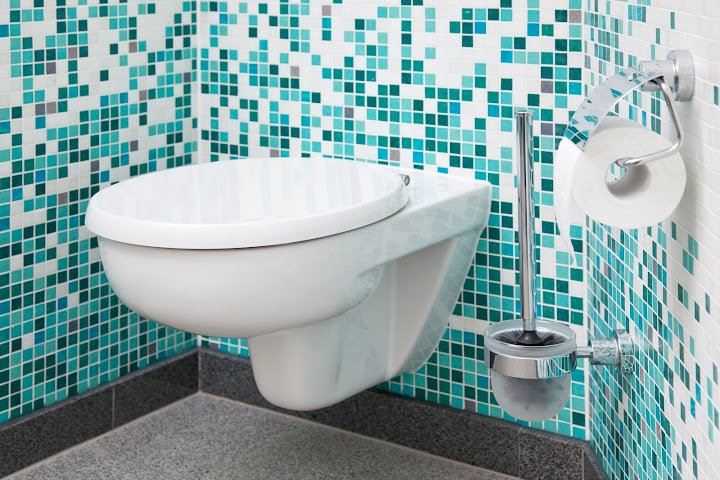PlumbRite

Sewer lines are underground pipes carrying away sewage and other waste from your home to a wastewater treatment plant or a septic system, and they’re designed to carry a lot of water.
While the system is generally hardy, sewer line problems do arise. A broken sewer line can cause many problems for your property and even cost you thousands in water damage repairs if you don't handle it immediately.
The best way to prevent broken sewer lines is to stay on top of maintenance. If you spot any of the following signs, call a plumber.
1. Weird or Gassy Smell
A sign of a broken or cracked sewer line could be a foul odor around certain plumbing fixtures.
The weird and gassy smell occurs when wastewater backs up from the broken line into your home. The odor can be intermittent or present all the time. The weird odor is usually centered around the bathroom or kitchen. The smell is a result of methane gas produced by decomposing waste in the pipes.
If you notice either type of odor around your drain or toilet, call a plumber right away to inspect possible breaks or cracks in your sewer lines. Methane gas could become toxic and dangerous to breathe in, so don't ignore it.
2. Mold and Mildew
Mold and mildew have a musty odor, and they often grow in damp areas. A leaking line creates a damp environment ideal for mold and mildew growth.
If you have mold or mildew growing on or around your drains, beneath a sink, or near a toilet, then there's probably a leak somewhere in your sewer system.
Mold and mildew are both dangerous to your health, as they can cause serious respiratory problems. If you have mold or mildew in your home, you need to get rid of it immediately.
3. Soggy Lawn
Often, soggy spots in your lawn that continuously stay wet and muddy could be a sign of break or a crack in your sewer line.
When the sewer line breaks, sewage will leak out into the ground instead of going down the pipe and into the municipal waste system. As the wastewater leaks out, it may saturate the ground in that particular area.
A soggy lawn happens when the soil becomes overly saturated with wastewater, which causes it to shift. Often, the wet area will be near the street or curb.
4. Lush, Green Lawn Area
A lush, green lawn may sound like a good thing. However, if patches of grass on your lawn are greener than normal and developing at a quick rate, there may be raw sewage leaking into the soil.
The leak will cause more moisture to come up through the soil, creating an ideal environment for plants. Sewage also contains nutrients, which can help the grass grow faster and become greener than anywhere else on your property.
If one or two patches of grass across your lawn are greener, the sewer lines may not be the problem. However, if large swaths of your yard suddenly become greener, sewage may be leaking from a burst pipe.
Modern sewer lines can last for a long time, but like any other piece of property, a sewer line is susceptible to damage. Letting a broken sewer line go on too long can result in a lot of damage to your property, not to mention the health hazards associated with wastewater backup. Therefore, you should keep an eye out for signs of problems with your sewer line.
In the end, regular maintenance and inspection of the main sewer line is the only way to identify and prevent sewer line issues from developing or getting worse over time. If you're curious about your sewer line or think you may have a sewer line problem, the best thing to do is contact a plumber.


